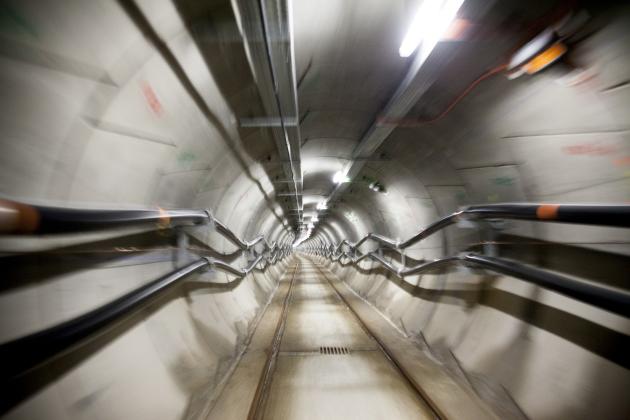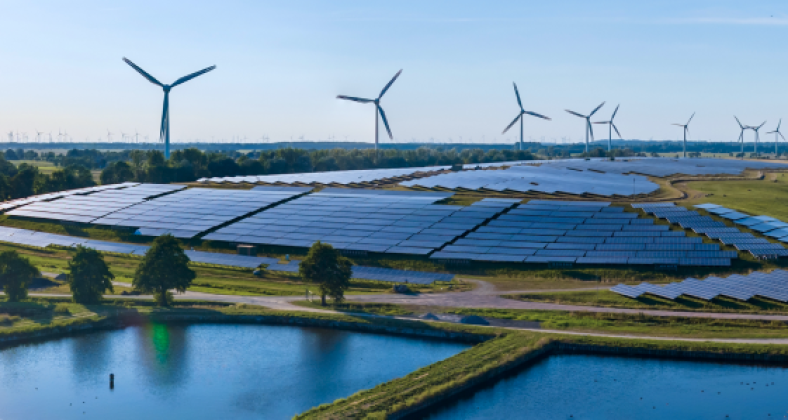For 40 years, we've been driving our country's economic and social progress. Four decades shaping Spain.
European Planning
European Planning
One of the objectives of the European Union is that all European citizens for all European citizens to have access to clean, secure and affordable electricity, and the development of the European transmission grid plays a key role in this.

A Forward-looking Vision for Europe
The construction of a robust, meshed continental grid that guarantees the security of electricity supply in the countries that make it up is one of the challenges that must be met in order to make progress in the decarbonisation of the European electricity system. In this respect, the task of identifying the future needs of the grids and defining and designing the infrastructure plans required to achieve the European Union's objectives is especially important.
Therefore, in accordance with the Clean Energy Package for all Europeans, the European Network of Transmission System Operators for Electricity (ENTSO-E) prepares a non-binding Ten Year Network Development Plan (TYNDP) every two years, which describes the future evolution of the European electricity system.
Identifying Needs to Develop Solutions
In May 2023, ENTSO-E published the final version of the latest Ten-Year Plan, including an executive summary of key conclusions and a report identifying system needs, which outlines how the system should evolve by 2030 and 2040 to meet climate targets and create maximum value for Europeans.
This identification of needs in the European electricity system identifies opportunities for improvement across Europe:

Electricity Interconnections
An additional 88 GW of interconnections between countries which would be economically profitable for the European system (a 75% increase over the 2025 grid) were identified. Among these increases, there are an additional 4,500 MW of capacity on the Spain-France border on the Bay of Biscay project and an additional 1,000 MW of capacity on the Spain-Portugal border on the Northern Interconnection project.

Storage
In Europe, 41 GW of additional storage is identified in addition to that considered in the scenarios with a significant volume in Spain, and 3 GW of emission-free peaking units in 4 countries in Eastern Europe.
Key Figures (2040)
Finding solutions to these needs would significantly reduce Europe's dependence on fossil fuels for electricity production, integrate more energy from renewable sources and lead to a significant reduction of CO2 emissions. In addition, the cost-benefit analysis of 177 transmission projects of European relevance and 33 storage projects are also included.
GW
Increases in capacity increases after 2030
Twh/year
Dumping avoided
Mton/year
Reduction in CO2 emissions
Billion euros/year
Savings in generation costs

Projects of Common Interest (PCIs)
What are PCIs? What determines whether an infrastructure is considered to be of common interest? Which PCIs are being promoted by Red Eléctrica in Spain?
All these PCIs are included in the current national plan, the Network Development Plan 21-26.

A System in Constant Evolution
The ten-year network development plan for 2026 is currently being drawn up. Together with the plan, a scenario report will be published identifying the needs of the transmission grid and the system in the long term, the regional investment plans (Spain forms part of the Southwest Europe region together with Portugal and France) and the 10-year development plan document itself, which includes a cost-benefit assessment of all the projects classified as projects of European relevance.













